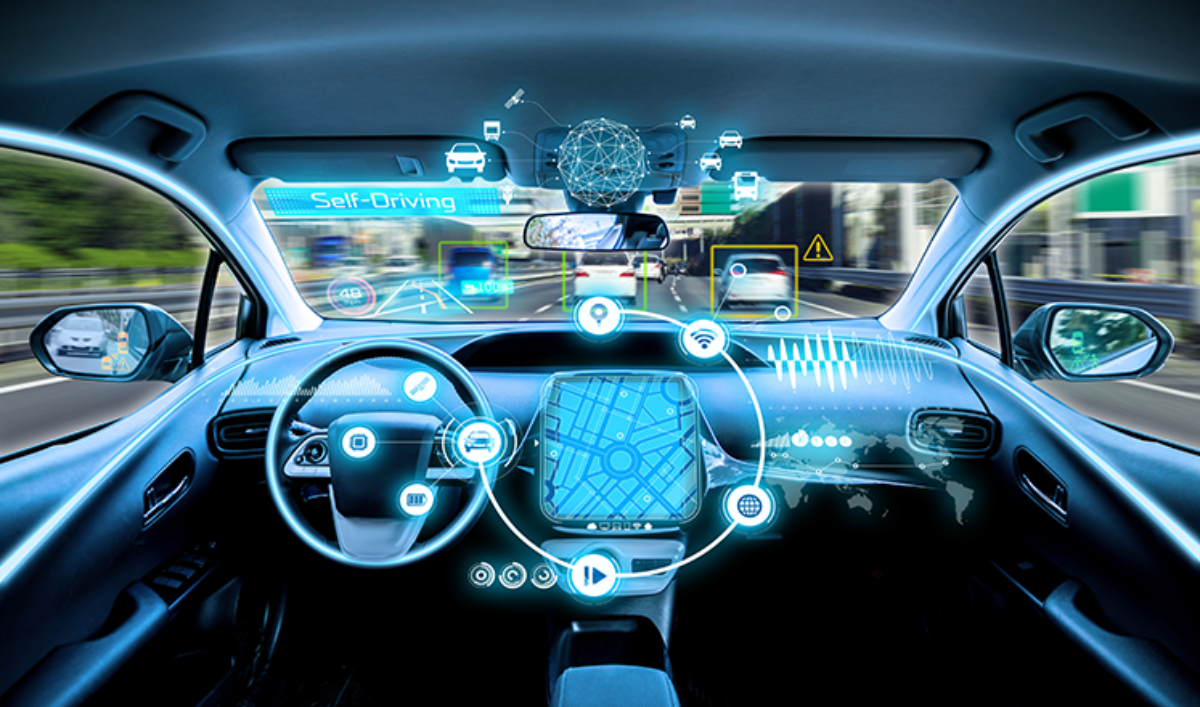The evolution of modern automobiles has given rise to impressive safety technologies, including advanced driver assistance systems (ADAS). These systems have proven effective in preventing accidents, but in light of the chaotic Brazilian traffic, their interaction with them Motorcyclists It creates challenges.
The main problem is the confusing situations created by pilots, which can destabilize these “sophisticated” people.Smart cars“.
The challenge from motorcycles to smart cars
Cars equipped with advanced driver assistance systems, such as blind spot warnings and lane keep assist, are designed to operate in controlled environments. However, heavy traffic in cities like São Paulo often overwhelms these systems.
Motorcyclists, when moving between cars, can activate the vehicle’s sensors, causing them to perform unexpected actions, such as activating the brakes or emergency alerts.
An emblematic example occurred with the GWM Haval H6, which ADAS system He sounded his alarm and emergency lights when a motorcyclist approached. GWM explained that its Adas 2+ system reacts in close situations, but can be adjusted or turned off according to the driver’s preferences.
ADAS systems use a combination of sensors, radars and cameras to monitor the vehicle’s surroundings. For example, Mercedes-Benz uses ultrasonic sensors and long- and short-range radars to measure speed, wheel direction and other critical factors.
Although these technologies help predict and mitigate risks, they cannot anticipate sudden maneuvers by motorcyclists.
Mercedes highlights that although it offers assistance at SAE 2 level, it is essential for the driver to remain alert, especially in more dangerous situations, where traffic behavior can be unclear. Unpredictable.
Photo: PhotoRK/Shutterstock
System modifications
Flavio Saccai, of the Association of Automotive Engineers, comments that it is theoretically possible to modify ADAS systems to better deal with the peculiarities of Brazilian traffic. However, he points out that these changes are not simple and must be thoroughly tested to ensure security.
Lemar Mafort, a specialist in advanced driver assistance systems, points out that system calibration must take into account the diversity of situations that drivers face. He cites the example of the ABS system, which has evolved over time after drivers complained about its sensitivity.
Despite technological advances, traffic education is still necessary. A study conducted by the AAA Foundation for Traffic Safety in the United States of America predicts that by 2050, ADAS technologies could prevent millions of accidents. However, this does not replace the need to invest in education and infrastructure.

“Hardcore beer fanatic. Falls down a lot. Professional coffee fan. Music ninja.”






More Stories
How High Interest Rates Can Affect Business…
Banco do Brasil customers can receive R$1 billion on Monday (30); Find out if you’re on the list
Important announcement for those saving their CPF at gas stations